Raja Rammohan Roy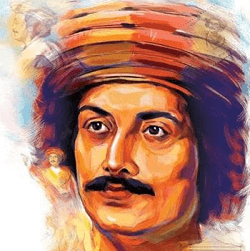
In India, the 19th and 20th centuries are recognized as the century of social reforms, which resulted in a kind of 'renaissance.' It refers to people's social and cultural resurrections as a result of the western concept of rationality and liberty, and fairness. The word renaissance literally means "rebirth" or "revival." It refers to a European movement that aimed to put an end to the dark period of the Middle Ages and its anti-progressive views. Individualism, material liberation, self-expression, and a more stable economic system succeeded them. The renaissance in India began in Bengal and subsequently extended throughout the country. Intellectuals and reformers introduced numerous social-religious movements influenced by western thought with the arrival of the Renaissance in India, and it also prompted the study of English literature, philosophies, and historical works. Raja Rammohan Roy, a social reformer, was a key figure in India's cultural awakening. As a result, we shall explore the father of modern India or the father of the Indian Renaissance in this article. The Delhi Mughal emperor Akbar Shah II bestowed upon him the title "Raja." At his request, he travelled to England as his ambassador and addressed the complaints before the British King. BornRaja Rammohan Roy was born on May 22, 1772, in British-ruled India, at Radhanagar in Bengal. He is famous for opposing traditional Hindu culture's rigidity and advocating for many social, religious, and educational reforms across India. He worked to bring progress to India while it was under British administration, earning him the title of "Father of Modern India." Raja Rammohan was born into a well-to-do Brahman family. His father's name was Ramakanta Roy, a Vaishnavite, and his mother's name was Tarini Devi, a Shaivite, which was rare at the time because marriages between religious groups were not popular. For three generations, his family had served the imperial Mughals. 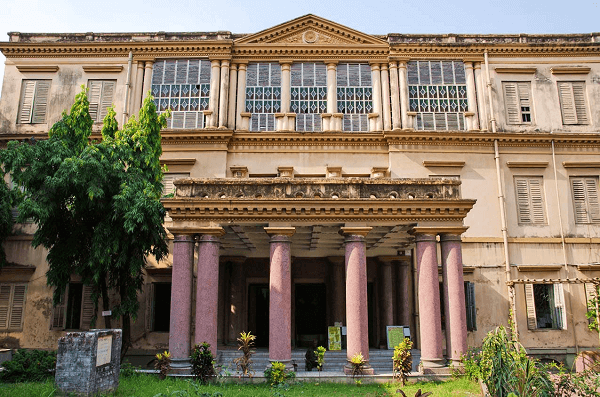
Early lifeDespite the fact that little is known about his early life and education, he appears to have developed unconventional beliefs at a young age. In his earlier years, he travelled extensively throughout India and beyond Bengal, mastering a variety of languages, including English, Sanskrit, Arabic, and Persian, in addition to his native Bengali and Hindi. He acquired his early education in Sanskrit and Bengali before moving to Patna to study Arabic and Persian in a Madrasa. To further his education, he relocated to Kashi to study Sanskrit and Hindu scriptures such as the Vedas and Upanishads. In fact, he began learning English when he was 22 years old. Later lifeRammohan Roy grew up to be a socially conscious individual who appears to be concerned by society's malpractices. Roy made his living through moneylending, managing his modest estates, and trading in British East India Company Bonds initially. John Digby, a junior company officer who also introduced Roy to western literature and culture, hired him in 1805. Roy worked as Digby's assistant for the following ten years, moving in and out of the British East India Company. Roy was also passionate about religious studies. He promoted monotheistic Hinduism, which prioritizes reason as the followers' path to the Creator. He founded his religious beliefs on the Vedas and Upanishads, Hinduism's holy religious textbooks, which he translated into different languages to help people better comprehend Hinduism. Roy also formed the Atmiya-Sabha in 1815 to better educate monotheistic Hinduism. Social and Political lifeRoy believed that education was critical to the enlightenment of the ordinary man; therefore, he founded an English school in Calcutta in 1816 with his own money. He also established the Anglo-Hindu school in 1822, followed by the Vedanta college (1826) after a gap of four years to teach his Hindu monotheistic ideas. During his time, the government only allowed Sanskrit schools to be established. However, Roy protested in 1823, claiming that just teaching traditional Indian literature would not benefit or equip Bengali young for the demands of modern life. He intended to reform this practise because he believed that other disciplines, such as mathematics, geography, and Latin, were also necessary for them to stay up with the majority of the world. Roy was deeply committed to the betterment of humanity. The freedom of the press was very important to him, and when the British placed control on the Calcutta press, Roy protested. He believed that a press could only fulfil its responsibilities in conveying crucial information to the populace if it operated free of external coercion. The protest against British censorship highlighted Roy's argument for freedom of speech and religion, forcing him to move his attention away from religious argumentation and toward social and political activism. Roy had questioned traditional Hinduism's superstition in his publication on several occasions in order to encourage people to embrace science, modernism, and reason. He was a socially conscious genius who spoke out against the British when the occasion arose, as well as against societal problems on a regular basis. When his brother died in 1812, and his wife was forced to burn herself at his blazing pyre, young Roy attempted valiantly to halt the horror, but he failed terribly, and the tragedy left a lasting impression on him. He began opposing the caste system as well as the Sati custom of burning the windows during her dead husband's funeral ceremony pyre. He used to go to crematoriums himself to keep a watch on the persons who compelled women to undertake Sati at their husbands' funeral pyre. He spent a lot of time trying to persuade others that Sati is not only a pointless ritual but also a harsh and immoral activity. Following Roy's years of hard labour and opposition to traditions such as Sati, Lord William Bentinck, the governor of the Bengal Presidency lands at the time, finally prohibited the Sati system from practice by adopting legislation against it on December 4, 1829. His attempts to help Indians overcome superstitions and malpractices were also passed on and mediated through his several magazines, which were published in Bengali, Hindi, and English. His most popular publication, 'Sambad Kaumudi,' used to cover a wide range of socio-political concerns in order to help Indians rise above mediocrity. His ideology
Contributions of Roy1. Religious reformsRoy criticized Hindus' corrupt and superstitious traditions, arguing against irrational thoughts and beliefs, as well as their belief in miracles, prophesies, and mysteries. His ideas were based on his book Tuhfat-ul-Muwahhiddin, which was released in 1803 and considered a gift to deists. In reality, in 1814, he created the Atmiya Sabha to fight against Hindu communities' idolatry practices and senseless caste rigidness. He even despised Christianity's sacramental theology and rejected Christ as God's birth. He was an outspoken opponent of polytheism and religious rites. He was a proponent of monotheistic or godly unity. He counselled individuals to follow their consciences and to foster the spirit of reason inside themselves. 2. Social reformsRoy envisioned reformist religious organizations as vehicles for social and political change. In 1828, he and other enlightened Bengalis created the Brahmo Samaj, which grew into a powerful socio-religious reform organization that fought against social problems such as the dowry system and mistreatment of women. 3. A Voice for WomenRoy fought for woman's rights in a variety of ways throughout his life. He turned out to be a proponent of women's rights to education and liberty. He was adamant about giving women justice in society. The abolition of the Sati system was his crowning achievement. He fought for years to have this system abolished. He campaigned for widow remarriage in addition to abolishing Sati. He led us to believe that, like boys, daughters have rights to their parents' assets. He also railed against child marriage, female illiteracy, and widows' marginalization in society. 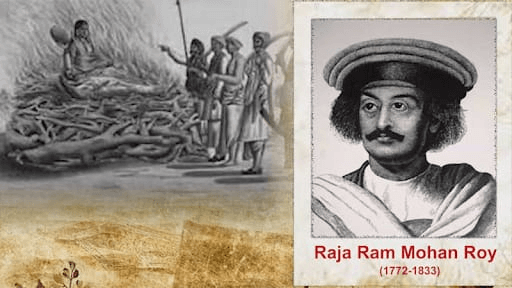
4. Educational reformsRoy has made significant efforts to convey the benefits of modern education to the general public. In 1817, he aided David Hare in the establishment of the Hindu college. Boys were also taught mechanics and Voltaire's philosophy at his own school, which was an English school. He assisted Rev. Alexander Duff in establishing the Scottish Church College, which was formerly known as "The General Assembly Institution," in 1830, making it one of the elite colleges in Calcutta (now Kolkata). Roy advocated growth and prosperity for women's education as well. He was a staunch believer that society would not be liberated from problems unless women were educated. He was the one who advocated western education, and as a result, India made significant advances in the field of education. In 1825, he founded Vedanta College, which offered studies in Indian learning as well as western social and physical sciences. So by providing a confluence of western and Indian knowledge, he helped introduce western learning into Indian academia. 5. Religion and morality synthesizerRoy was a wonderful person who strived for the perfect mixing of religion and morality. He believes that a man must possess values such as forgiveness, love, and morality, among others. All of these virtues will purify their souls, and man will be governed by these qualities in the future. A man can gain divine knowledge and devote himself to the benefit of society as a whole by cultivating these traits. By fostering these attributes, his religious Catholicism will blossom even more. As a result, Roy was unquestionably a perfect blend of religion and morals aimed at the greater good of society. 6. Economic and political reformsRoy admired the constitutional form of government since it guaranteed its citizen's civil liberties, and for this reason, he was equally inspired by the British system of government. He wished to make Indians eligible for the advantages of that form of government. He thus backed legal civil liberty. Additionally, he advocated for press freedom in India through his writings after Lord Hastings enforced censorship on the media in 1819. Rammohan Roy founded three further newspapers in 1821, including 'The Brahmanical Magazine', as a strong response to it at the time. Secondly, 'Samvad Kaumudi' (a Bengali weekly) and thirdly, 'The Mirat-ul-Akbar' (a Persian weekly). In addition to all of the above, Roy criticized Bengali zamindars' oppressive practices. He favoured fixing minimal rents and doing rid of taxes on exempt property. In fact, he was so outspoken in support of economic changes that he pushed for the elimination of the East India Company's trading privileges as well as a reduction in export taxes on Indian commodities to foreign markets. 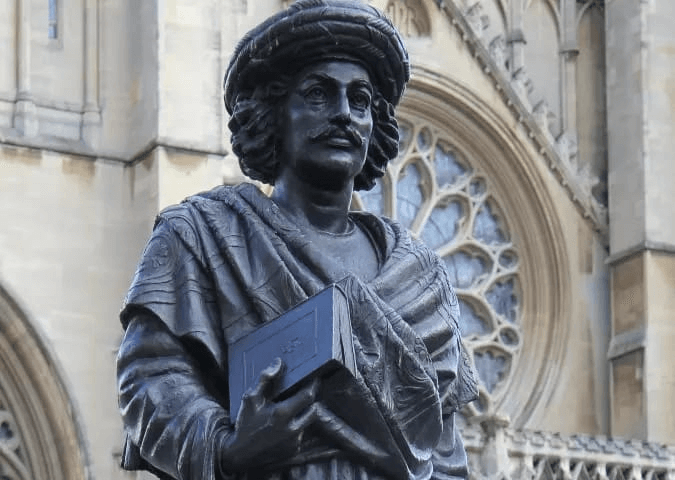
7. Administrative reformsRoy protested the fact that Britishers used to hold all of the top administrative jobs in British India and called for a reservation for Indians in those positions as well. In order to provide Indians with fair justice, he also argued for the separation of the executive and judicial branches of government. He called for treating Indians equally to how Europeans were treated. His DeathRoy travelled to England in 1831 on behalf of the then-Mughal emperor to meet with the British King and voice his grievances. In 1832, he visited Paris for a brief length of time and then again returned to England the same year. After arriving back, he stayed at Beech House in Bristol, and also, attended praying at Lewin's Mead Chapel. However, 10 days after landing in Bristol, he became ill with meningitis and passed away on September 27, 1833. He was then laid to rest on Beech House's grounds. He was afterwards reburied at Arno's Vale by his friend Dwarakanath Tagore after a ten-year hiatus. In Bristol, England, a statue of Raja Rammohan Roy was also erected in 1997. 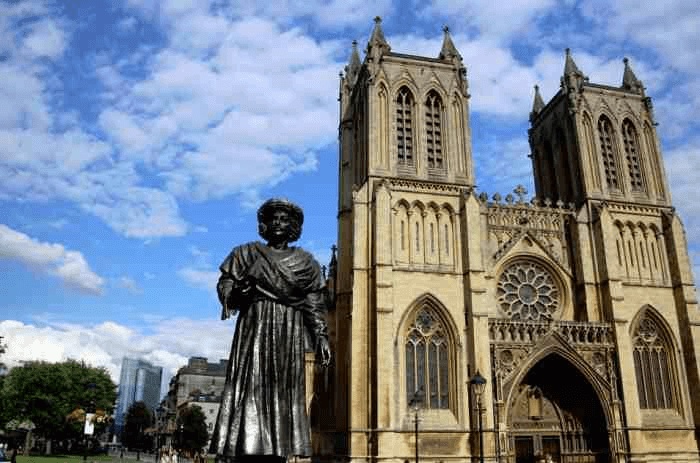
ConclusionRaja Rammohan Roy has left a rich legacy for the succeeding generations to follow via his outstanding literary works and contributions to our society. Along with being a superb educator, he was a wonderful thinker, journalist, and visionary. An inaugural function to honour Roy on his 250th birth anniversary was recently organized in 2022 by the Government of India's Ministry of Culture. The Roy's Library Foundation in Science City and Salt Lake both hosted the celebration. It is regarded as a one-year celebration that will finish on May 22 of the following year. The Ministry of Culture honoured Roy's 250th birthday and the 50th anniversary of the founding of his library by dedicating an iconic statue of him at the library's foundation. Previously in 2004 as well in one BBC survey, he was placed 10th as the 'Greatest Bengali of all the time'. He has been rated ahead of the best academic scholar and writers like Amartya Sen (ranked 14) and a talented Bengali filmmaker like Satyajit Ray (ranked 13) for his contribution to social reforms and elimination of the Sati system.
Next TopicRenuka Panwar
|
 For Videos Join Our Youtube Channel: Join Now
For Videos Join Our Youtube Channel: Join Now
Feedback
- Send your Feedback to [email protected]
Help Others, Please Share










